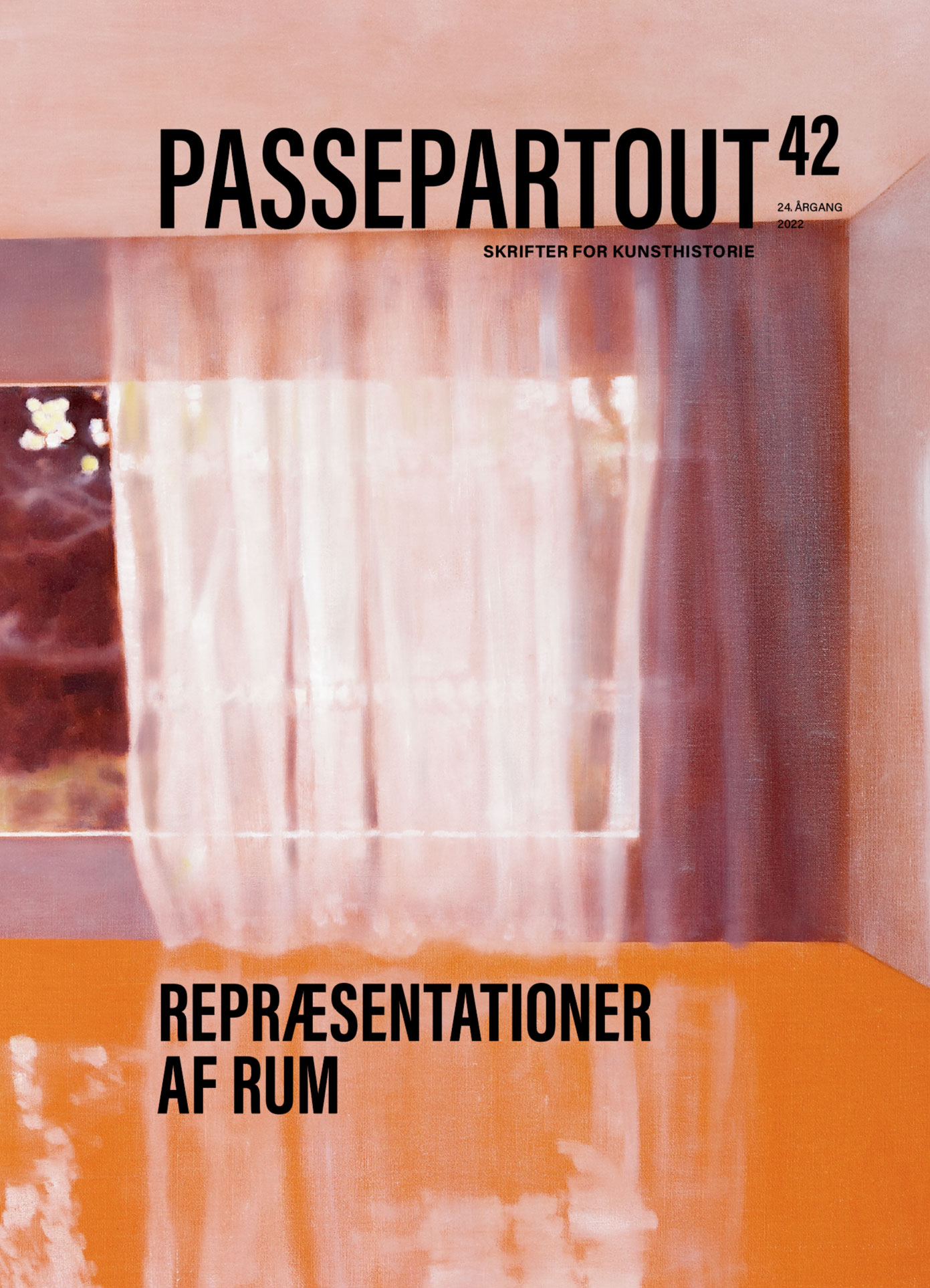Space in process
Thoughts on our architectural intuition
Abstract
The architecture we create can be considered as a representation of prior work with, among other things, drawings. How we understand these drawings is therefore crucial. In the Renaissance, drawings–and geometry–were considered by Alberti as the possibility of making architecture articulate a harmony that should be so perfect that later changes would be undesirable. Today that view is challenged by the growing understanding that the architecture we create must continually adapt to a changing world. As such, architecture is never finished. This article presents the worldview behind Alberti’s ideas which today – due to the computer’s involvement in the creation of architecture – still seems to be prevalent. It is claimed that we can find resources for a different dialogue with the drawing than the one presented by Alberti, both before and after the Renaissance: By analyzing architecture that does not fit the Renaissance template, we can find inspiration for working differently with our spatial imagination.
References
Alberti, Leon Battista: On the Art of Buildings in Ten Books, Cambridge, MIT Press, 1988.
Allen, Stan: Fra genstand til felt, København, Kunstakademiets Arkitektskole, 2007.
Bek, Lise: Arkitektur som synlig tale, Risskov, Ikaros Press, 2010.
Calvino, Italo: De usynlige byer, Viborg, Tiderne Skifter, 1998.
Forty, Adrian: Words and Buildings. A Vocabulary of Modern Architecture. London, Thames & Hudson, 2000.
Judd, Donald: “Specific Objects” in Complete Writings 1959-1975, Halifax, Press of the Nova Scotia College of Art and Design, 1975, pp. 181–190.
Krauss, Rosalind: “Griddet, /Skyen/, og Detaljen” in Lise Bek og Henrik Oxvig (eds.), Rumanalyser, Aarhus, Forlaget B, 1996, pp. 335–351.
Latour, Bruno og Albena Yeneva: “Give me a gun and I’ll make all buildings move: An ANT’s view of architecture” in Reto Geiser (ed.), Explorations in Architecture: Teaching, Design, Research, Basel, Birkhäuser Verlag, 2008, pp. 80–89.
Latour, Bruno: An Inquiry into Modes of Existence, Cambridge, Harvard University Press, 2013.
Law, John: After Method. Mess in social science research, London, Routledge, 2004.
Massey, Doreen: For Space, London, Sage Publications, 2005.
Mersch, Dieter: Epistemologien Des Ästhetischen, Zürich, Diaphanes, 2015.
Oxvig, Henrik: “Om at se arkitektonisk rum” in Lise Bek og Henrik Oxvig (eds.), Rumanalyser, Aarhus, Forlaget B, 1996, pp. 272–274.
Oxvig, Henrik: “Hvad vejer vækst?” in Periskop, vol. 22, 2019, pp. 94–110.
Psarra, Sophia: The Venice Variations. Tracing the Architectural Imagination, London, UCL-PRESS, 2018.
Stella, Frank: “Questions to Stella and Judd. Interview by Bruce Glaser” in ArtNews, vol. 65, 1966, pp. 55–61.
Trachtenberg, Marvin: Building-in-Time. From Giotto to Alberti and Modern Oblivion, London, Yale University Press, 2010.





